Imagine your favorite novel—the one whose pages whispered secrets to you during the still of the night, whose characters felt like dear old friends. Now envision that very tapestry of narrative intricately woven into the cinematic fabric (Novel to Screen), the epoch of its characters testifying to fears, loves, and adventures cascading across the silver screen.
The journey from novel to screen is a delicate alchemy that fuses the richness of written prose with the electric vivacity of film. This transformative process is not merely a transcription but a reinvention, crafting a screenplay that distills the original novel’s essence, rekindling its spirit in a new medium.
Through this novel-to-screen exploration, we delve into the fascinating world where established literary worlds are given a new lease of life, a space where characters once confined to the imagination leap into visual reality, beckoning us to follow them once again.
Novel to Screen #01: The Process of Adaptation
Behind The Scenes: The Novel to Screen Alchemy
Ever wonder how the pages of your favorite novels intricately weave their magic onto the silver screen? It’s not just a simple leap from the written word to visual spectacle—it’s an art form, a transformation that marries narrative flair with cinematic vision. Let’s delve into this fascinating metamorphosis from bookshelves to box office.

Initially, it’s all about finding that narrative nucleus—the heart of the story—which can throb with equal vitality in both literary and visual realms. This calls for a skilled screenplay writer, someone who can distill the essence of a novel, ensuring that pivotal moments, key characters, and the central theme transition seamlessly into a tighter, more visually-driven format.
Dialogue often undergoes a metamorphosis of its own. While books afford the luxury of internal monologues and lengthy conversations, screenplays must refine these into crisply written exchanges that captivate audiences and propel the story forward. Here, every word counts, tasked with the heavy lifting of character development and plot profundity sans the accompaniment of descriptive prose.
Then there’s pacing, darling readers. Unlike the leisurely flow of novels, a screenplay operates under a strict economy of storytelling. A writer must judiciously select which scenes make the cut, all while maintaining narrative coherence and emotional resonance. This editing process involves what’s affectionately dubbed as “killing your darlings”—the painful parting with beloved subplots or characters that may not serve the screenplay’s streamlined direction.

Adaptations also take into account the visual potential of a narrative. Locations and settings leap off the page and take on a new life, often influencing the storytelling itself. The writer, alongside directors and producers, envisions the aesthetic, ensuring that it complements the tale’s tone and texture.
Character portrayals, too, undergo scrutiny. On-screen personas might need tweaking to appeal to a broader audience or to fit the creative vision of the adaptation. Casting becomes a pivotal bridge between the novel’s figures and their on-screen embodiments, often coloring the perception of the story anew.
Moreover, adaptations can breathe new life into a narrative, offering alternative perspectives or contemporary relevance. While the core of the story is sacred, the fabric of its telling is ripe for reimagining. It’s this unique blend of reverence and innovation that can make a screenplay not just an echo of a great novel, but a standalone masterpiece.
Remember, as with all great storytelling, the transitioning of a novel into a screenplay is an act of reinvention. It invites us to experience familiar stories through an entirely different lens, captivating our senses and hearts anew. It’s this magical interplay between the literary and the cinematic that continues to enchant us, time and time again. So, the next time you settle into the theater’s velvet embrace, take a moment to appreciate the artistry that has crafted the cinematic world before you. It started its journey on a quiet bookshelf, after all.
Novel to Screen #02: Casting Characters
The Art of Casting: Breathing Life Into Iconic Characters
In the dazzling realm of screen adaptations, the tapestry of a beloved narrative is stunningly re-woven – but who breathes life into the threads of iconic characters? The fabric of storytelling transcends the pages, as casting directors embark on a quest to find the embodiment of characters that fans have adored for generations.
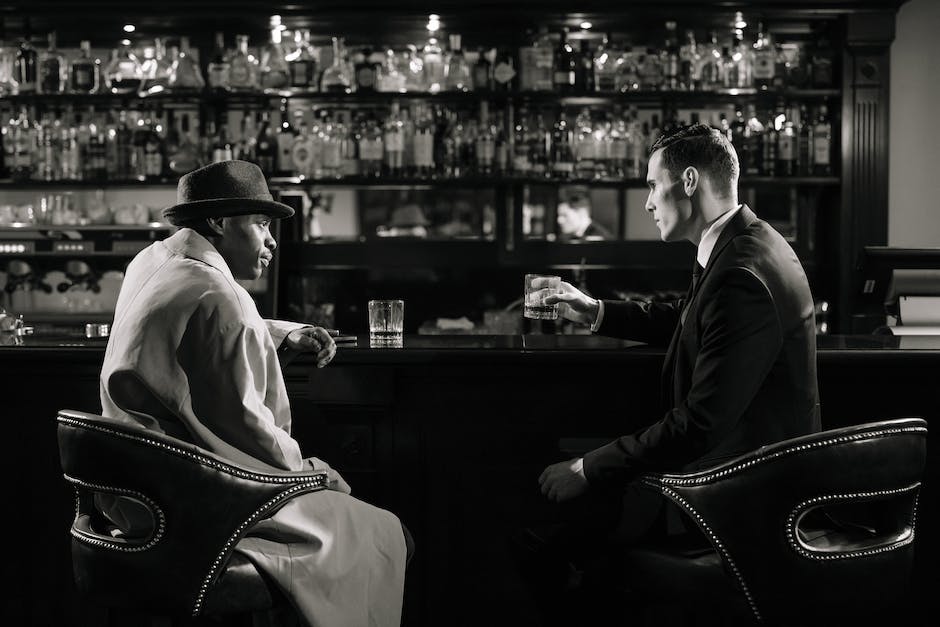
Casting is not just about scouting for talent; it’s about uncovering the essence of the character in a human form. The protagonist who has danced in readers’ imaginations now needs a face, a gesture, an intonation. It’s here that the casting becomes as pivotal as the writer’s pen. The actors are chosen for an intricate dance of compatibility with the character’s spirit – blending physical appearance, emotional intelligence, and that indefinable spark that resonates with the audience.
In the convergence of actor and role, a new layer of authenticity is brought into play. It’s a metamorphosis where an actor’s interpretation is carefully cocooned with the quintessence of what fans cherish. This is where charisma meets destiny – the birthplace of screen alchemy that turns actors into icons, etching their performances into the collective consciousness.
Yet, this transformation isn’t just on the artists’ shoulders. Behind them stands a legion of creators: costume designers weaving threads of personality into every garment, makeup artists applying the subtle shades of the character’s journey, directors shaping each moment with an orchestral precision that ensures the essence of every scene is captured.

But what of the audience? The response to seeing a favored character come to life can range from elation to skepticism. However, the true magic ignites when the viewer forgets the actor behind the character, their profile melding into the shadows as the story takes center stage. The most fascinating aspect of this metamorphosis is how the audience, sometimes unknowingly, reconstructs their own mental images of the characters. The fictional beings they had once visualized now wear the faces of actors who have lent them flesh and blood.
This is the limelight of a character’s life cycle in the adaptation process, where every facet of their existence is scrutinized under the director’s lens. The transition from ‘character’ to ‘person’ is complete when viewers no longer see the role as written but as lived. When an actor becomes indistinguishable from their character, they fulfill the silent promise made to every reader, every fan – to honor the heart of the narrative that bound them all together in the first place.
Thus, the next time the screen lights up with a familiar name, the convergence of the mystical and the material happens – the character lives, breathes, and becomes. The faces that emerge are not just seen; they are remembered, forever linked to the cherished narratives that have become a part of our culture. And in this delicate, yet powerful, harmony of visual storytelling, the chosen few become the face – the soul – of beloved characters.
Novel to Screen #03: Marketing and Release Strategy
Casting Call: Novel to Screen
Ever mused about the electricity in the air when the pages of beloved literature leap to life on the silver screen? It’s all about the alchemy that begins with casting for screen adaptations. Picture it: uncovering just the right elixir of talent that transforms inked characters into human form, infusing them with a depth and relatability only the right actor can embody.

Discovering the essence of a character is no small feat. It’s akin to stitching a soul into a tapestry of threaded narrative, embodying every nuance with a finespun detail that speaks to both the heart and the history of the role. Each chosen actor carries the gravity of bringing authenticity to these iconic characters, and only those with the ability to fully steep themselves into their personas can truly do them justice.
Visualize the collaborations that flourish behind the scenes: actors, creators, costume designers, makeup artists, and directors convening in a crucible of creativity, each a vital contributor to the cinematic spell. There’s magic in the meetings where wardrobe selections and character studies turn actors into visual echoes of the characters readers hold dear.
Think about the audience’s visceral reaction to witnessing the once-imagined, now-tangible characters. It’s a kaleidoscope of nostalgia, anticipation, and the awe of seeing mental sketches of heroes, villains, and everyone in between reimagined through actors’ portrayals.
Every eyelash, every wrinkle of fabric, every intonation is scrupulously examined to ensure fidelity to the source, all while leaving space for evolutions that breathe life into the story anew. Each adaptation invites scrutiny at this granular level, yet it is precisely this meticulousness that can elevate an adaptation from good to a masterpiece.
The ultimate aim? Seamlessness – where actors dissolve into their roles until they’re indistinguishable from their characters. When achieved, audiences forget they’re observing a performance; instead, they’re immersed in a reality where fiction feels historic, and protagonists feel like old friends.
From Shakespeare to the world of contemporary fiction, actors don’t just play parts – they become the anchor, the face, the very soul behind a set of bound pages. When the casting spell is cast correctly, these embodied characters leave an imprint not just on the cinematic landscape but on culture itself, echoing long after the credits roll.
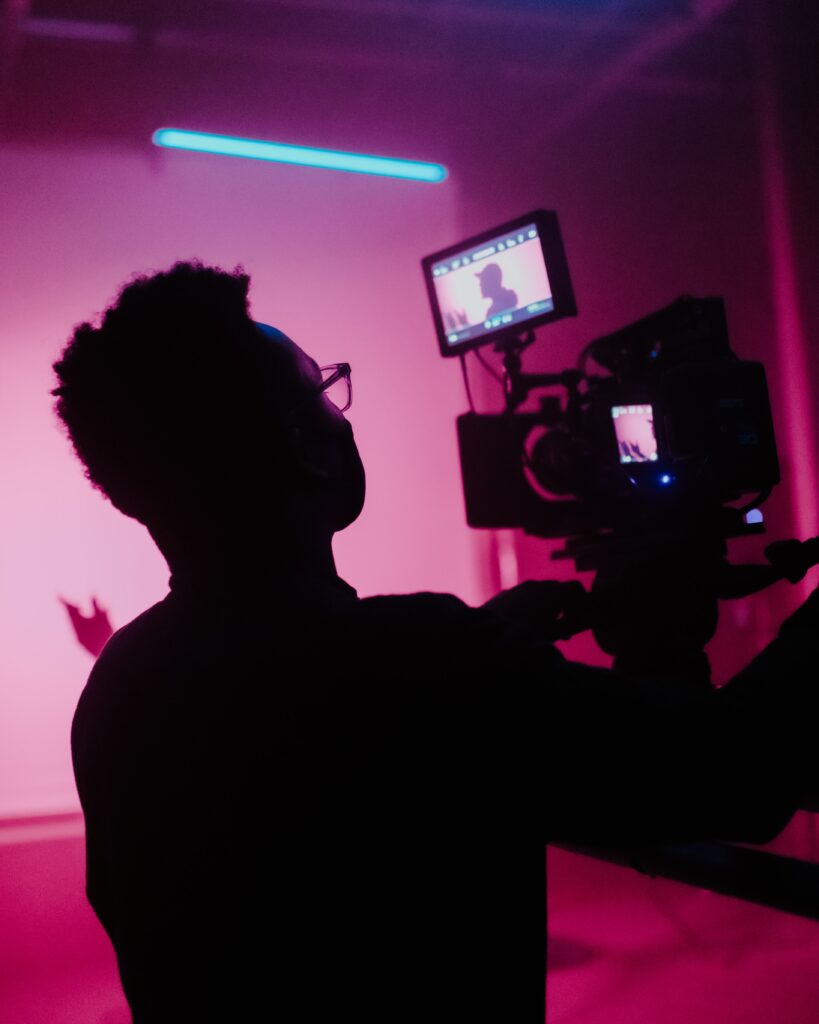
As we delve deeper into an era fixated on bringing narratives from page to panorama, it’s clear: the enduring impact of screen adaptations will continue to shape the cultural zeitgeist, serving as windows into the worlds woven by wordsmiths and immortalized by the performers who step into their intricately fashioned shoes. No summary could capture the endless facets this art form brings to the world – only an experience, an immersion, in those stories reborn.
Novel to Screen #04: Fandom and Cultural Impact
When adaptations are done right, the audience’s journey is nothing short of magical—they witness the characters they’ve imagined come to life before their eyes. There’s a profound connection between a viewer’s mental images of characters and their on-screen portrayals. This bond is what can make or break an adaptation.
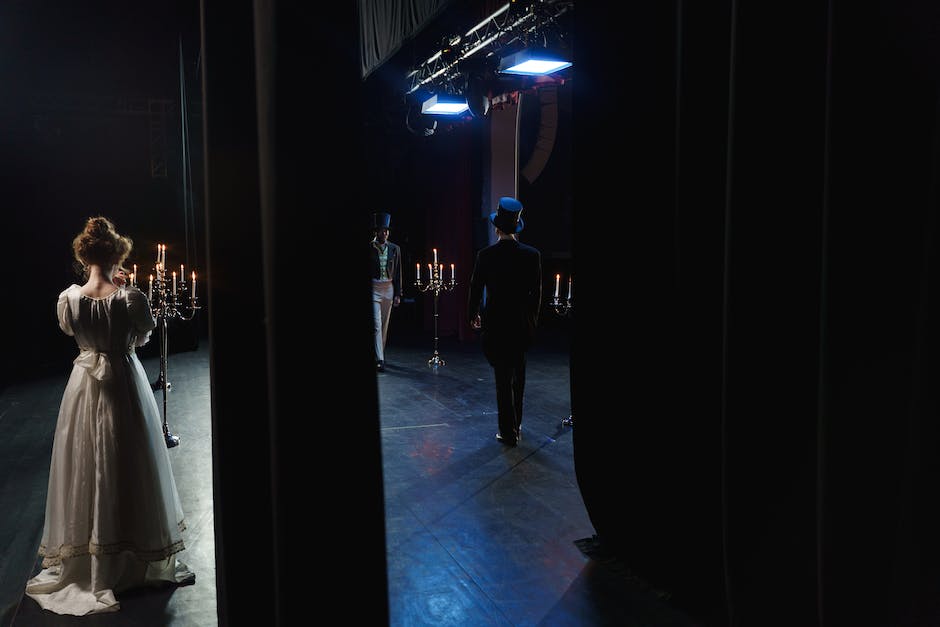
Dissecting a character for a faithful adaptation isn’t just about the narrative arc or their pivotal moments; it’s also about the smallest quirks and the unspoken subtleties. That scrutiny extends to the collaborative environment where costume designers and makeup artists work closely with actors to create a visual persona that resonates with both the source material and the creative direction of the film.
The distinction between actor and character begins to blur as the portrayal deepens. The ultimate aim is for viewers to forget they’re watching an actor at all. The seamless transition from role to person defines the skill and dedication required in the craft of screen acting. Actors thus become the face and the soul of the characters they portray, often leaving an indelible mark on the cultural landscape.
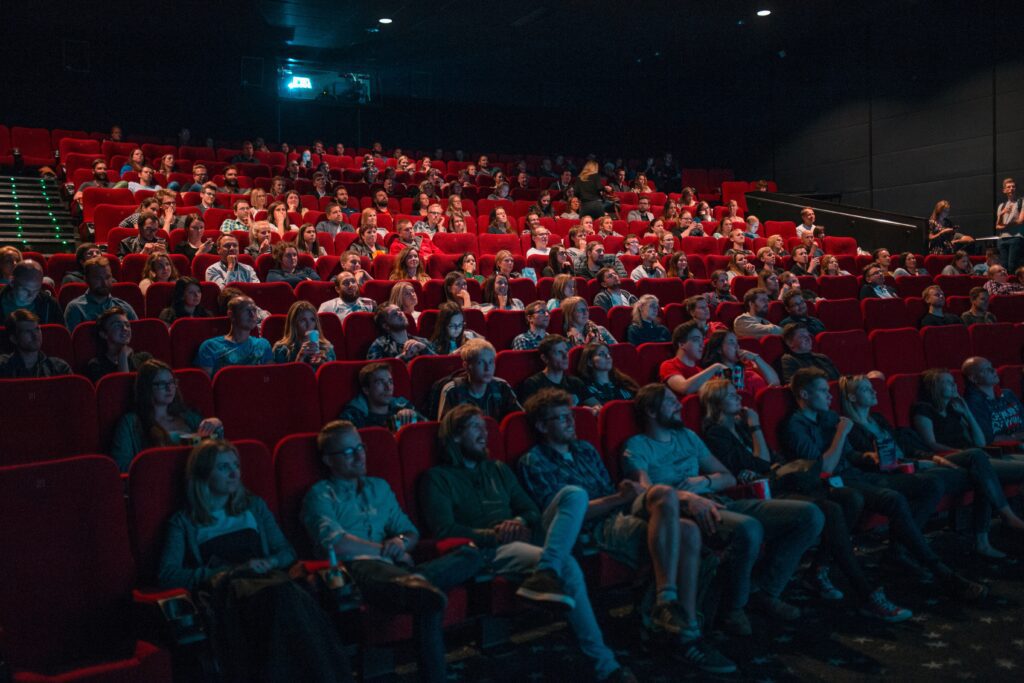
The blockbuster adaptations we adore foster this unique alchemy. The commitment to making inked character leaps off the page and into our world results in a cultural ripple effect that can redefine fashion, dialogue, and societal norms. These characters can influence generations, becoming icons that adorn posters, t-shirts, and even spark movements.
The significance of actors in this process cannot be overlooked as they often become synonymous with the characters they play, solidifying their place in the hearts of the audience and the annals of culture. This enduring impact shapes how stories are told and retold, creating a panorama that enriches the cultural zeitgeist and continues to inspire long after the final credits roll.
Conclusion
The reel comes to an end, the credits roll, but the conversation is far from over. Blockbuster adaptations of best-selling novels leave an indelible mark, echoing through the corridors of our collective consciousness long after the theater lights turn on. As we traverse the cultural landscape shaped by these cinematic spectacles, it’s clear that the impact of a book-turned-movie (Novel to Screen) extends well beyond ticket sales and box office tallies.
The synergy between the literary and the cinematic not only reconfigures the contours of fandom but also carves new perspectives within the cultural zeitgeist. For every reader-turned-viewer, these adaptations are a bridge between the solitary act of reading and the communal experience of movie-going, crafting a shared vernacular in the chronicles of our time.
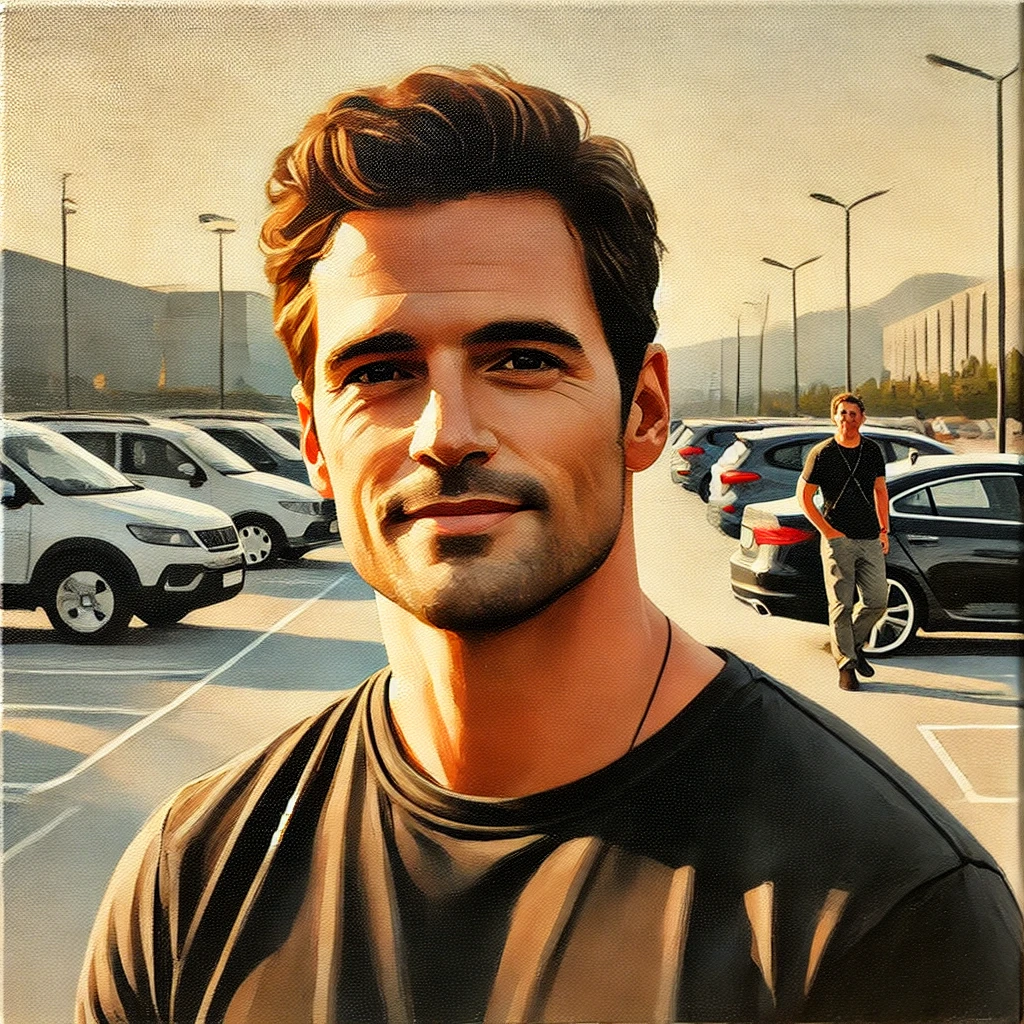
Hi, I’m Nathan Cross, a writer and avid reader who loves crafting articles for newspapers and online platforms. Words are my passion, whether I’m telling stories, sharing insights, or sparking conversations. When I’m not writing, you’ll find me lost in a book or out on the baseball field, enjoying the game that keeps me grounded. Writing, reading, and baseball—these are the things that define me.




